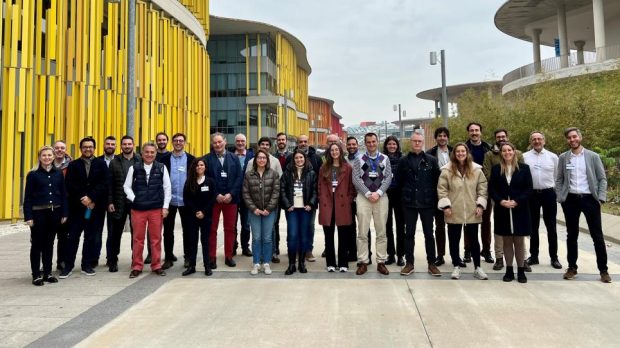The HarvRESt project will work to ensure the sustainable production of renewable energy on farms
The HarvRESt project consortium will work to integrate renewable energy sources on farms in a more sustainable way.

Since a few weeks ago, the BETA Technology Centre of the UVic-UCC is part of HarvRESt, a new project funded by the EU through the Horizon Europe Programme. The HarvRESt project consortium, led by the CIRCE Technology Centre, will work to integrate renewable energy sources on farms in a more sustainable way. Currently, there is a growing need to address this situation, as the increasing demand for energy and food is creating a new scenario of competition for agricultural land use in some regions of Europe.
Faced with this situation, HarvRESt wants to propose solutions that harmonise these two conflicting interests, based on approaches that help farms to optimise their production and, at the same time, move towards climate neutrality. This should make it possible to reduce the impact on certain natural resources and on the biodiversity of agricultural areas, provide new sources of energy and help farms diversify their income.
The project aims to consolidate and improve existing knowledge in this field, to develop new modelling tools for future scenarios and to assess the potential for new farm configurations. These modelling tools will determine the best operating procedures for each of the solutions that could be suggested in the immediate future, providing valuable data for decision making. Overall, this system will weigh trade-offs and key indicators to provide tailored recommendations to farmers and policy makers.
To ensure the success of the project and the effective implementation of its recommendations, the views of all stakeholders will be taken into account. This will involve joint working sessions with stakeholders, as well as the provision of training materials aimed at empowering farmers. In addition, HarvRESt will be tested through the implementation of four pilots representing various farm topologies, as well as a variety of organisational structures and geographical conditions.
